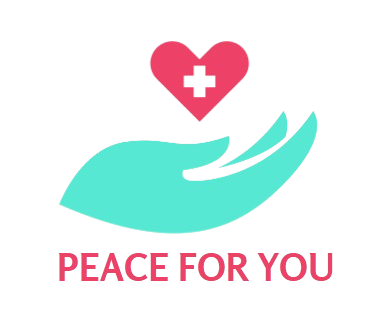
Mental health is an integral part of overall well-being, affecting how we think, feel, and act. When someone struggles with mental health issues, finding the right mental health treatment can be a complex journey. In this article, we’ll explore various approaches to mental health treatment, how to seek help, and the importance of a supportive environment.
1. Understanding Mental Health Disorders
Mental health disorders encompass a wide range of conditions that affect mood, thinking, and behavior. Some common disorders include anxiety disorders, depression, bipolar disorder, and schizophrenia. Understanding the specific nature of a mental health condition is the first step toward finding effective mental health treatment.
Each disorder has its unique symptoms and challenges, making it essential to consult with a mental health professional for an accurate diagnosis. Mental health disorders can stem from various factors, including genetics, brain chemistry, trauma, and environmental influences.
Recognizing the signs of a mental health disorder—such as persistent sadness, excessive worry, changes in appetite, or withdrawal from social activities—can prompt individuals to seek help. The earlier a disorder is identified, the more effective the mental health treatment can be.
2. Types of Mental Health Treatment Options
There are several avenues for mental health treatment, each tailored to meet individual needs. The most common types include:
a. Psychotherapy
Psychotherapy, or talk therapy, involves discussing thoughts and feelings with a trained therapist. Various therapeutic approaches exist, including cognitive-behavioral therapy (CBT), dialectical behavior therapy (DBT), and interpersonal therapy (IPT). Psychotherapy aims to help individuals understand their emotions, develop coping strategies, and change negative thought patterns.
b. Medication
In some cases, medication may be necessary to manage symptoms of mental health disorders. Antidepressants, anti-anxiety medications, mood stabilizers, and antipsychotics are some options available. It’s crucial to work closely with a psychiatrist or healthcare provider to find the right medication and dosage. Medication can be particularly effective when combined with psychotherapy for a comprehensive approach to mental health treatment.
c. Lifestyle Changes
Lifestyle modifications can also play a significant role in mental health. Regular exercise, a balanced diet, and sufficient sleep contribute to emotional well-being. Engaging in activities that bring joy, such as hobbies or socializing with friends, can enhance mental health. Mindfulness practices, including meditation and yoga, can reduce stress and improve overall mental wellness.
d. Support Groups
Support groups offer a sense of community and understanding among individuals facing similar challenges. These groups provide a platform to share experiences, offer encouragement, and learn from one another. Participating in a support group can complement other forms of mental health treatment and help individuals feel less isolated in their struggles.
3. The Importance of Professional Guidance
Navigating mental health treatment can be overwhelming, which is why seeking professional guidance is essential. Mental health professionals—such as psychologists, psychiatrists, and licensed counselors—are trained to assess and diagnose mental health disorders accurately. They can develop a personalized treatment plan that aligns with an individual’s specific needs and circumstances.
When seeking help, it’s vital to find a professional you feel comfortable with. A good therapeutic relationship can significantly impact the effectiveness of mental health treatment. Don’t hesitate to ask questions about the therapist’s approach, experience, and treatment methods. Feeling safe and understood in therapy can lead to more productive sessions.
If you’re unsure where to start, consider reaching out to a primary care physician, who can provide referrals to mental health specialists. Online directories and mental health organizations can also help you find qualified professionals in your area.
4. The Role of Family and Community Support
Support from family and friends plays a crucial role in the recovery process. Loved ones can provide encouragement, listen without judgment, and help individuals stay accountable to their mental health treatment plans. Open conversations about mental health can reduce stigma and foster understanding within families.
Community support is equally important. Engaging with local mental health organizations can offer resources, workshops, and educational programs that promote mental well-being. Additionally, online forums and social media groups can connect individuals with others who share similar experiences, creating a sense of belonging.
Creating a supportive environment is key to recovery. Encourage open dialogues about mental health, normalize seeking help, and promote healthy coping strategies. Whether it’s joining a local support group or participating in community events, taking these steps can enhance mental well-being for everyone involved.
Conclusion
Navigating mental health treatment is a personal journey that requires understanding, patience, and support. By recognizing the signs of mental health disorders, exploring various treatment options, and seeking professional guidance, individuals can embark on a path toward recovery. The importance of family and community support cannot be overstated, as these elements contribute to a more robust foundation for healing.
Remember, seeking help is a sign of strength. With the right resources and support, individuals can manage their mental health effectively, leading to a fulfilling and balanced life. Whether through therapy, medication, lifestyle changes, or support groups, there are numerous avenues available to foster mental well-being. Take the first step today—your mental health matters.
